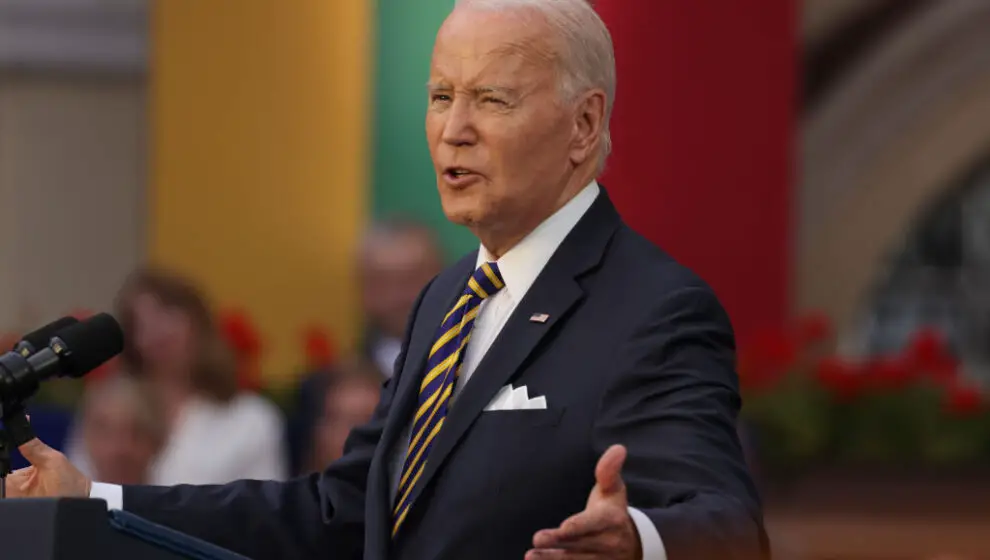In the absence of the ability for the executive branch to unilaterally abolish student loan debt, President Joe Biden has decided that he will use his powers to make payments as lenient as possible.
Key Details
- On August 24, 2022, President Biden announced an executive order providing up to $10,000 in debt cancellation for non-Pell Grant recipients and $20,000 in debt cancellation for Pell Grant recipients.
- On June 30, 2023, the United States Supreme Court ruled six to three that Biden overstepped his legal authority and struck down the $400-billion executive order.
- President Biden responded to the decision by announcing that the White House will not give up its student loan relief attempts and announced the Saving on a Valuable Education (SAVE) plan on July 6.
- Under the authority of the Higher Education Act of 1965, SAVE will offer a new income-driven repayment plan that lowers payments and eases requirements and penalties for repayment.
- The plan will increase the number of debt holders who are responsible for $0 monthly payments, meaning most borrowers will not have to pay unless their income exceeds 225% of the federal poverty line. Interest will also be waived for regular payers.
Why It’s Important
President Biden has positioned student loan forgiveness as a major position for his administration, attempting to alleviate the outstanding $1.5 trillion in debt hampering the lower and middle classes. This move has been highly popular among young voters. According to a survey from Morning Consult, 79% of millennials believe some or all student loan debt ought to be forgiven in some form, compared to 48% of baby boomers.
The move has drawn heavy scrutiny from Republicans, who argue that the policy itself is fiscally irresponsible and passes the burden along to taxpayers. The Supreme Court’s decision to strike the bill down noted the means by which it was passed into law as its primary concern, arguing that a president does not have the ability to make unilateral rural changes—even with temporary emergency powers—that can eliminate billions in debt without congressional approval, which is unlikely to come from a Congress evenly split along partisan lines.
Opponents are already dismissing the SAFE plan as a backdoor means of making colleges functionally free, and legal challenges to the law are expected in the coming months. The University of Pennsylvania estimates the program could cost up to $361 billion in the coming years.
The application process for SAFE is set to open this summer for loan borrowers in good standing, with the pause on loan repayments instituted during COVID ending in October.
